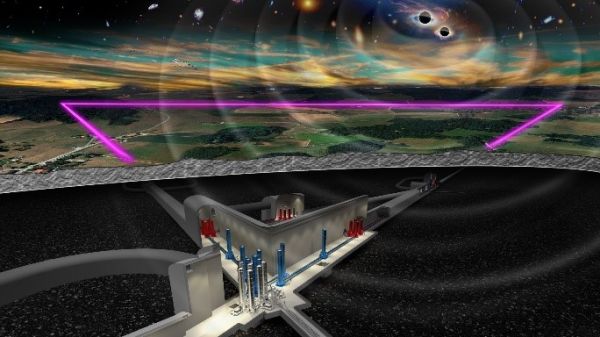Cosmology: Probing the Early Universe
Recent assessments of the science case for third-generation GW detectors like Einstein Telescope, and Cosmic Explorer have demonstrated the tremendous impact GW observations are expected to have on cosmology in the future [Sathyaprakash et al (2019)] [Maggiore et al (2020)]. This includes the study of compact-binary populations throughout the history of the universe, the exploration of dark matter and energy, and studies of the expansion of the universe using GW signals to construct a new cosmic distance ladder. In addition, certain forms of primordial GW backgrounds might become observable with third-generation detectors.
Primordial GW backgrounds will be extremely weak and need to be dug out of instrument noise and astrophysical GW foregrounds. We combined one of the proposed methods, a noise projection based on a geometrical interpretation of the matched-filter parameter estimation, to reduce an astrophysical foreground with a state-of-the-art simulation and Bayesian analysis software Bilby [Sharma / Harms (2020)]. It was found in this study that the subtraction of high-SNR signals would leave significant residuals in the data, but these can be sufficiently reduced by the noise-projection method. This study needs to be repeated for lower-SNR signals.
